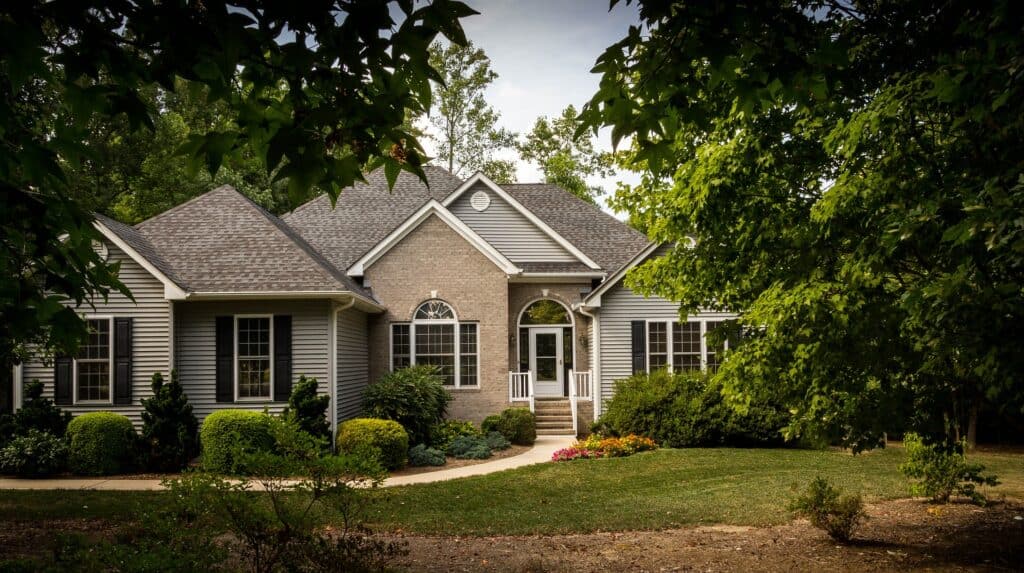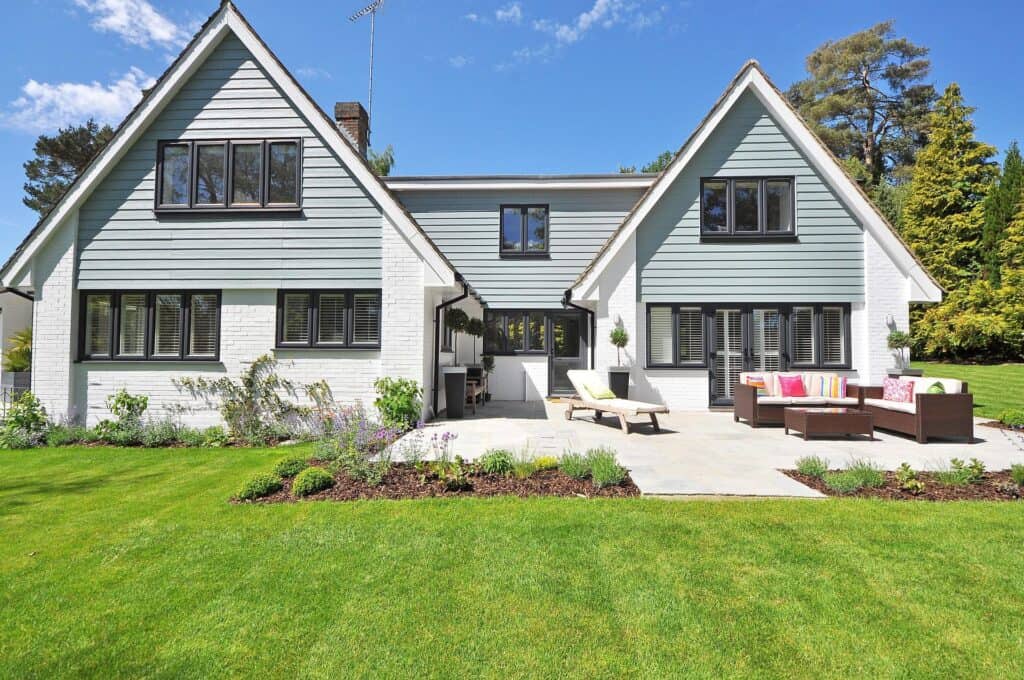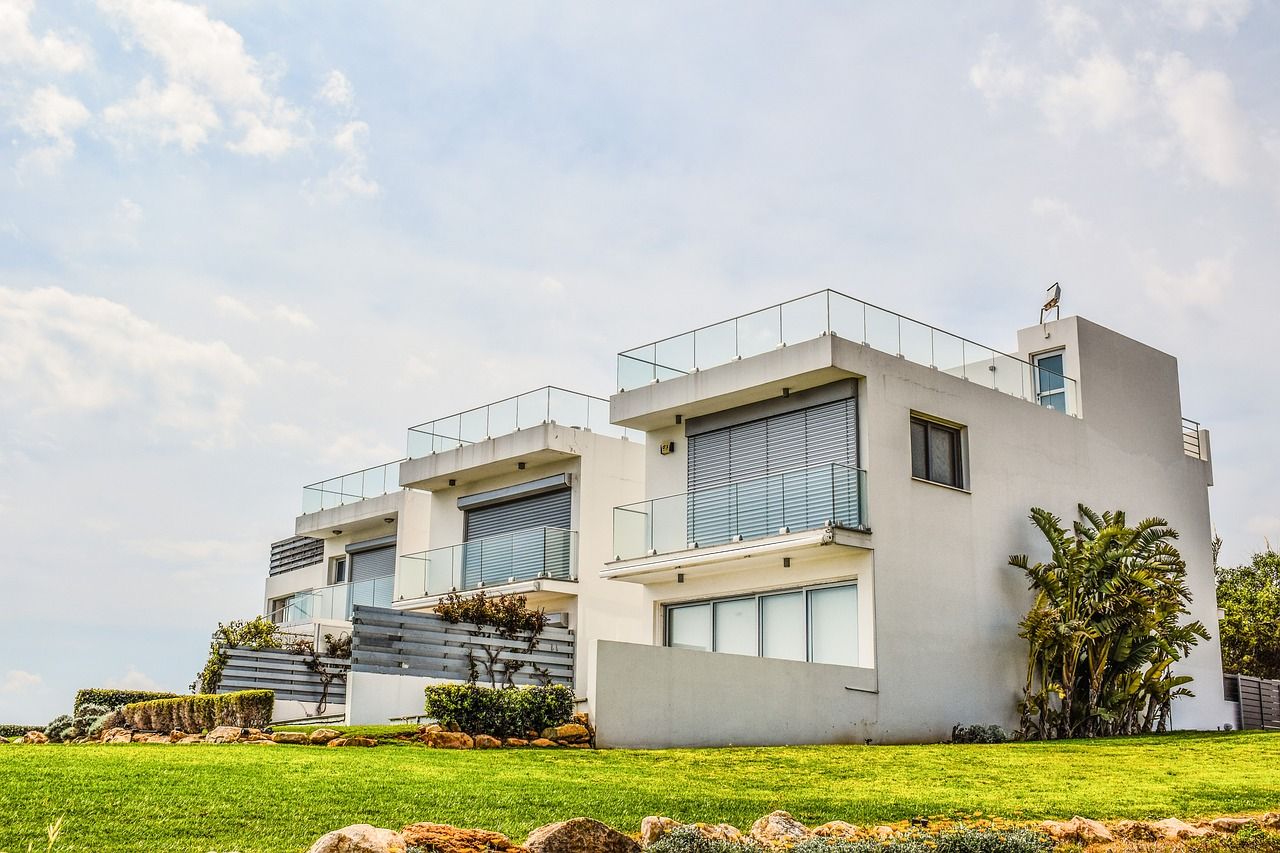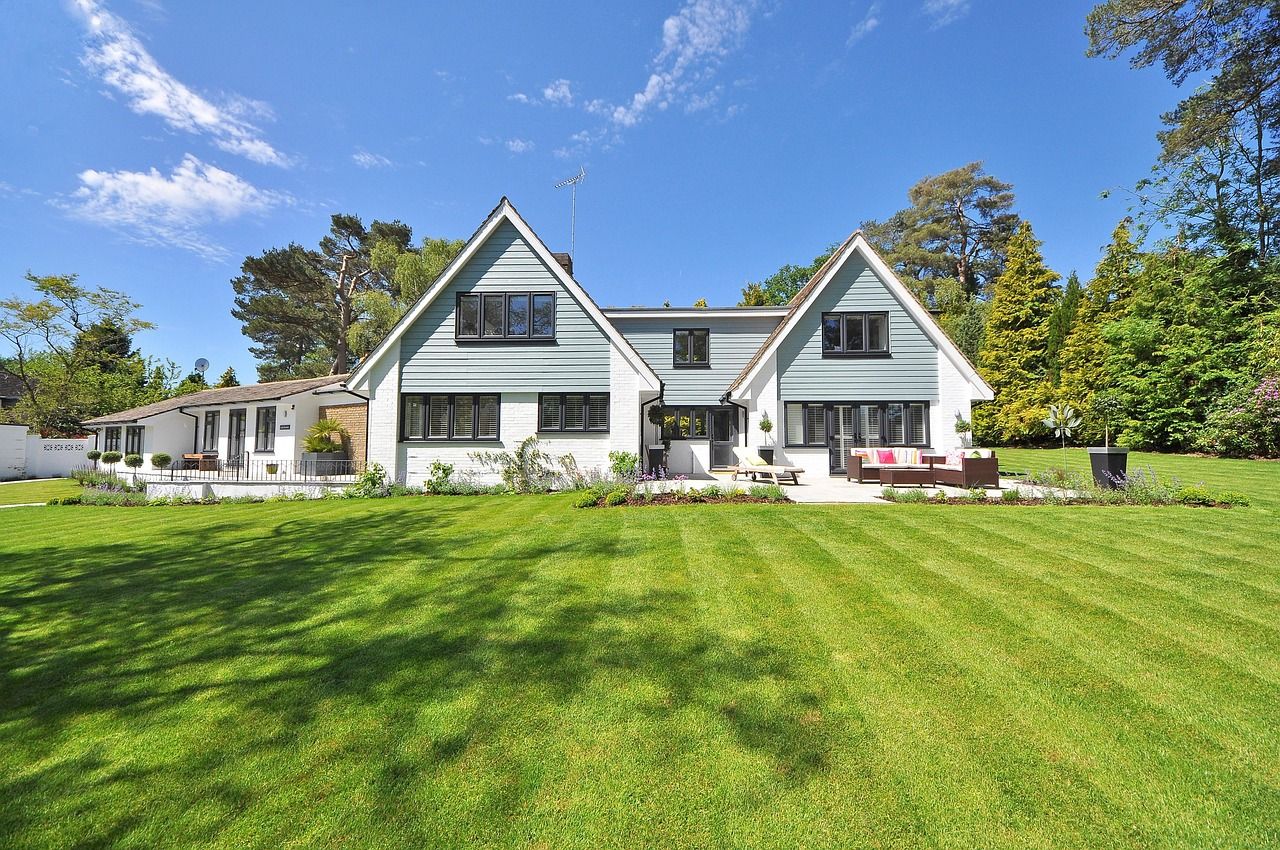What is a Comparative Market Analysis in Real Estate
Click here to browse our Real Estate Agent Directory and contact top-rated agents in your area!
Pricing a home for sale fairly is not an easy task for the average homeowner. You set the price too high and your property may sit on the market for months. You set it too low and you leave money on the table. In fact, 14% of FSBO sellers in 2020 reported that getting the right price was the most difficult task of the sale.
So how do you determine a good listing price for your house? Or if you are looking to purchase a home, how do you know you are putting in a good offer?
You can get an answer to this pricing dilemma by performing a comparative market analysis – a widely popular tool among realtors but not always familiar to many homeowners.
What is the best description of a comparative market analysis?
A comparative market analysis, or CMA for short, is used in the real estate industry to determine the market value of a home, commercial building, or any other real estate . It estimates the price of a target property by comparing it to similar properties in the immediate area that have sold recently.
While the definition of comparative market analysis is pretty straightforward, there is a lot that goes into preparing one. Before we get into the details of generating a CMA, let’s look at its benefits, cost, and how you can obtain one.
Who uses comparative market analysis reports and why?
CMA reports can be extremely helpful for both home sellers and buyers. Here are the ways they can benefit both parties.
Benefits to Sellers
It is understandable that existing homeowners looking to sell their properties want to get the highest price for their homes. In order for the house to sell relatively quickly, however, it needs to be priced realistically and competitively.
By using the guidelines of a comparative market analysis to come up with the listing price, homeowners improve their chances to sell the property quickly.
Benefits to Buyers
On the other side of the negotiation table are the homebuyers, who want to ensure they are not putting in a good offer and not over paying. A well-prepared CMA report can help them understand whether the home they are considering is priced fairly.
Furthermore, their mortgage approval is also contingent on the price of the home. Lenders typically do their own independent before approving a mortgage in order to ensure the loan amount is not higher than the value of the home. With nearly 87% of recent home purchases being financed, ensuring the contracted price is not higher than the lender-appraised value is very important. The lender will only finance based on the appraisal. So if a home doesn’t appraise for the contracted price, the buyer could be stuck paying the difference out-of-pocket.
Even investors paying cash for fixer-uppers need to know the fair value of a property in order to determine whether there is room for profit once they improve the home.
How much does a comparative market analysis cost?
CMA reports are usually free. While sometimes realtors use comparative market analyses in their marketing efforts, they typically prepare CMA reports for specific clients, who have already contracted them to sell or buy a house.
This means that the agent will get paid for the comparative market analysis preparation – and all the other services they will perform as part of the real estate transaction – in the form of commission once the sale is closed.

How can I get a comparative market analysis for my home?
Request from a local realtor
As we mentioned above, if you are looking to buy or sell a home, you should be able to obtain a comparative market analysis from the real estate agent you choose to work with. If you are simply curious about the value of your home, you may have a harder time finding a realtor who would be willing to spend the time to prepare one without the prospect of closing a sale.
Prepare it on your own
If you’re computer literate and somewhat familiar with the local real estate market, you can create a comparative market analysis on your own. The most important aspect is to start with the right set of comps; the rest is simple math.
If you would like to take a stab at it, the section below outlines the steps of preparing a comparative market analysis for your home. You can even find comparative market analysis templates online that can help you put the report together.
Use an Automated Valuation Model (AVM)
You can also use software to determine the price of a home. AVM tools utilize algorithms and data to calculate a property’s value at a particular point in time. There is, however, cost associated with using AVM tools, and unlike a manually prepared comparative market analysis, you most likely won’t be able to see the exact comps used to estimate the target home’s price.
How to do a comparative market analysis?
While they don’t need any special training or licensing to prepare CMA reports, realtors have the industry experience and local market knowledge to generate pretty accurate assessments.
Comparative market analysis reports, however, can be prepared by anyone who understands the information that needs to be collected and the process of crunching the data to come up with the suggested property value. This means that you can prepare your own comparative market analysis by following the below steps.
1. Collect information on the target home.
The first step in preparing a reliable comparative market analysis is gathering all the details about the subject property. Having a complete and accurate understanding of that home’s characteristics is the basis for finding suitable comps.
2. Find comps with similar characteristics.
The most critical step of the CMA preparation is selecting the right comparable properties. After all, the intent is to compare apples to apples, or equivalent homes in our case.
Most importantly, the comps should be in the same vicinity and the transactions should not be older than six months. The goal is to find three to five homes that are most similar to the target house.
Let’s look in more detail at the home characteristics agents take into consideration when selecting the comps to use in the analysis.
Location
The address of a property is one of the biggest factors impacting its value. When selecting comps for the comparative market analysis, it is best to stay within a mile of the target home or even half a mile for more densely populated areas.
It is also important to take into consideration the particular neighborhood or subdivision boundaries. For example, an exclusive gated subdivision may be located right across the highway from an older middle-class neighborhood, however, homes from these two communities should not be used in the same comparative market analysis due to the drastic difference in quality.
Home square footage
Larger homes typically command higher prices. When comparing properties, it is important to pick homes that are similar in square footage.
Bedrooms/bathrooms
Ideally, the comps you select should have the same number of bedrooms and bathrooms as the target home – even an additional half bath can increase the value of a home by over 10%.
If there are no exact matches available within the immediate area, you can use homes with other room configurations, however, you must adjust the value of those properties to account for the missing or extra rooms. More on this in the next step.
Lot size
As vacant lots become scarcer, the value of land will continue increasing. Larger lots, especially in urban areas, can be significantly more expensive, even if they contain houses similar in size and quality to those on smaller lots.
Home age and condition
As properties deteriorate due to age or lack of upkeep their value could decrease significantly. Therefore, only comps similar in age and condition should be used in a comparative market analysis.
This is one more reason to only pick comps from the same subdivision or community – the homes are typically built around the same time and go through a similar aging and repair lifecycle.
Home amenities
Swimming pools, patios, fireplaces, solar panels, and other improvements typically increase the value of a home. Don’t forget to take such features into consideration even if you have selected comps similar in size, age, and location.
Date sold
Only properties sold in the last six months should be used as comps. As the real estate market fluctuates, older transactions may no longer be representative of the current home values.
For example, according to the S&P/Case-Shiller U.S. National Home Price Index, home values increased by over 19% in 2021. Using older comps in a hot market like this would produce significantly inaccurate home value estimates.

3. Make any necessary adjustments.
Depending on the location and the current state of the market, you may not be able to find perfectly matching comps. There are, however, ways to make adjustments to the value of the comps to account for any differences. This is how it works.
Each home feature can be assigned a dollar value. If the comp property has more features than the target home, you would want to subtract the price of those. If the comp is lacking something compared to the target home, you would add the estimated value of that feature. Doing so would allow you to get a more accurate price comparison across all the homes in the comparative market analysis.
For example, if Comp 1 has one more bedroom than the target home and Comp 2 has a swimming pool, you would want to deduct the value of these extras from the comps’ prices.
| Target Property | Comp 1 | Comp 2 | Comp 3 | |
| Square Feet | 1,550 | 1,728 | 1,650 | 1,550 |
| # Bedrooms | 3 | 4 | 3 | 3 |
| # Bathrooms | 2 | 2 | 2 | 2 |
| Features | None | None | Swimming Pool | None |
| Sale Price | $250,000 | $261,000 | $247,500 | |
| Adjustment* | ($5,000) | ($10,000) | None | |
| Adjusted Prices | $245,000 | $251,000 | $247,500 |
*Adjustment values used are for illustration purposes only.
The tricky part in this step is figuring out the values of various home features. As the prices of real estate, construction materials, and labor fluctuate, so would the estimated costs of home improvements.
If a real estate agent is preparing your comparative market analysis, they should already have an idea of the costs. If you’re doing this on your own, you can reach out to a contractor, who may be able to price things like an extra bedroom or a swimming pool.
4. Do the math.
The last step involves calculating the fair market value of the target home based on the comps’ adjusted prices. To do so, you add the prices of all the comps and then divide that by the number of comps.
Alternatively, you can divide the adjusted prices by the square footage of each home in order to calculate the price per square foot. Then, you can average those numbers and multiply the result by the square footage of the target home to get the estimated market value.
Let’s continue our example from above.
| Adjusted Price | Sq. Ft. | Price/Sq. Ft. | |
| Comp 1 | $245,000 | 1,728 | $141.78 |
| Comp 2 | $251,000 | 1,650 | $152.12 |
| Comp 3 | $247,500 | 1,550 | $159.68 |
| Average | $247,833 | $151.19 |
Target Home Fair Market Value: 1,550 sq. ft. x $151.19 = $234,345
The Takeaway
Using comparative market analysis is one of the most reliable methods of determining the fair market value of residential properties. It can help you get the best price for your home if you are looking to sell and give you negotiation power if you are looking to buy.
Whether you ask your realtor to prepare the CMA report or you decide to take a stab at it on your own, make sure to use only recently sold comps that are located in the same neighborhood and are similar in age, size, and features.





